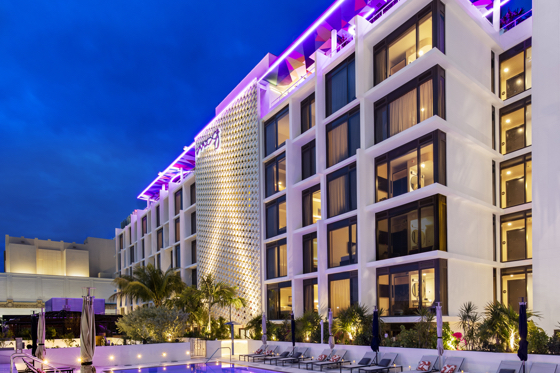“Another big, clean beat from a global hotel brand company” was the headline R.W. Baird & Co. analysts used to describe Marriott International’s Q2 earnings released on Tuesday, further reinforcing recovery in industry fundamentals. It said the beat was driven by better-than-forecasted fee income, particularly franchise fees.
Marriott reported RevPAR growth of -43.8% (compared to 2019) versus Q1 growth of -59%; adjusted earnings per share was US$0.79 versus Street estimates of US$0.47; adjusted EBITDA was US$558 versus the Street estimate of US$462 million; total gross fees were US$642 million.
Second quarter 2021 comparable systemwide constant dollar RevPAR increased 262.6% worldwide, 274.6% in the United States and Canada, and 223.2% in international markets, compared to the 2020 second quarter.
Baird said it expects a key focus area to be the development pipeline, which declined by 13,000 rooms to 478,000, the pace of new signings/conversions, and the net unit growth outlook (high end of the 2021 range now expected), particularly looking to next year.
Marriott said it expects 6% gross unit growth this year, but management now forecasts net unit growth to be at the top end of the 3%-3.5% range. New openings of ~25,000 rooms, of which 21% were conversions, were ahead of our forecast and slightly ahead of the 1Q21 new openings pace as well.
At quarter end, Marriott’s worldwide development pipeline totaled 2,750 properties and nearly 478,000 rooms, including roughly 19,000 rooms approved, but not yet subject to signed contracts. More than 212,000 rooms in the pipeline were under construction as of the end of the 2021 second quarter.

Newly opened Moxy from Marriott on South Beach in Miami Beach, Florida
“The rate of global lodging recovery accelerated during the second quarter and momentum has continued into July,” said Marriott CEO Anthony Capuano. “We are particularly pleased with the resilience of RevPAR in markets where consumers feel safe traveling. Worldwide occupancy continued to build, reaching 51% for the quarter. We also saw strong improvement in global average daily rate in the second quarter, which was down only 17% compared to the second quarter of 2019.”
Capuano said the swift resurgence of lodging demand once the virus has been largely contained and restrictions have eased has been most evident in Mainland China. Second quarter RevPAR in Mainland China was on par with the second quarter of 2019, and in April, for the first time since the pandemic began, leisure, business transient and group room nights were all ahead of 2019 levels.
In the United State and Canada, demand stepped up significantly during the quarter, particularly at Marriott resorts. Leisure demand once again led the way, although business transient and group demand also continued to grow. “We are seeing more blending of trip purposes, a trend we expect will continue,” Capuano added.
Capuano said Marriott remains optimistic that the upward trajectory of the global recovery will continue. “We anticipate that more workers returning to their offices on a hybrid basis will serve as a catalyst for a meaningful increase in business transient and group demand in the fall,” he said. “Many of our associates are starting to get back on the road, and our largest corporate clients tell us they are beginning to do the same. Our recovery to date has shown us that there is tremendous pent-up demand for the travel experiences we consistently provide. Timelines are hard to predict and will continue to vary by region, but I believe that we are on our way to a full global recovery.”

